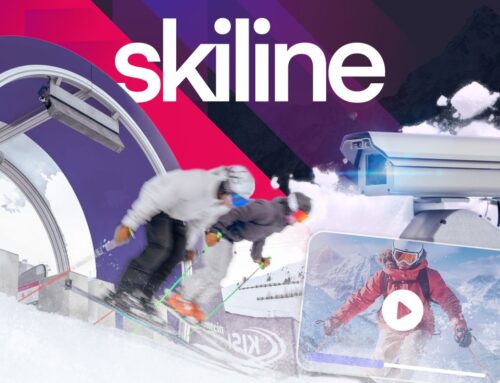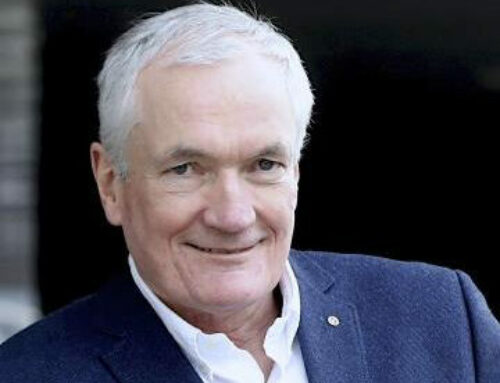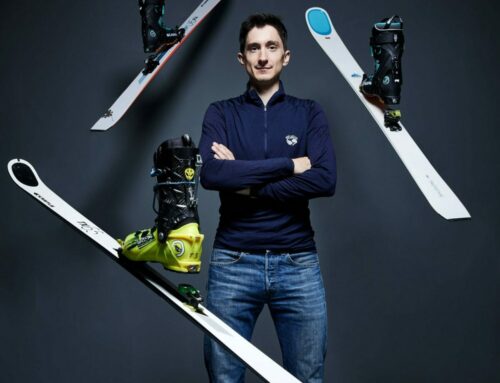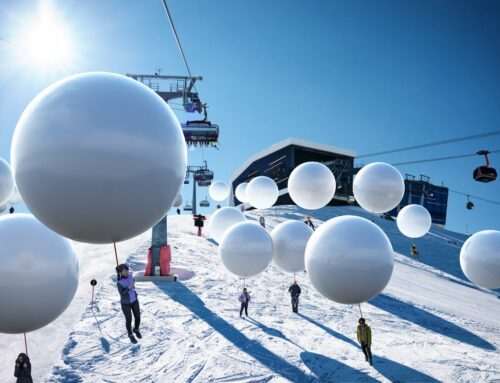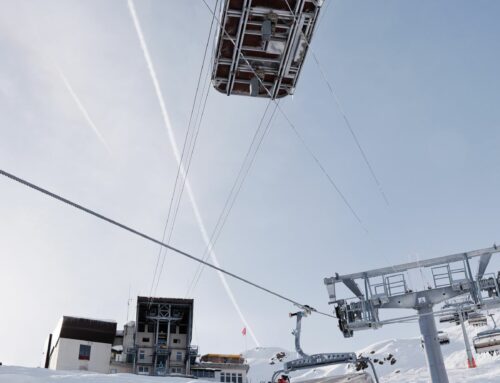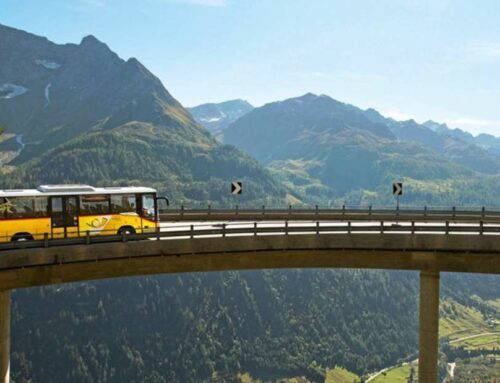
Digitalisation & Innovation
Innovative Technologies: Service Enhancers in Alpine Tourism
“Cash only” – Jörg Eugster still comes across this statement quite often in ski huts – and wonders: Why are Alpine tourism experts resisting digitalization?
The ambassador for the future sees innovative technologies as powerful service enhancers for the guest, and it is imperative that they be used.
The digital entrepreneur has identified four trends: social media and mobile marketing, argumented and virtual reality, blockchain, cryptos and tokens, as well as 3D worlds and the metaverse.

Jörg Eugster
Jörg Eugster
is a business economist, internet pioneer (founder of several start-ups) and passionate internet entrepreneur since 1998.
is a business economist, internet pioneer (founder of several start-ups) and passionate internet entrepreneur since 1998.
The author and “ambassador of the future” talks about digital trends, such as virtual reality, augmented reality, artificial intelligence, bots, smart ski goggles, the cloud, blockchain and, as of late, the metaverse.
The benefits of innovation
The evolution of the ski ticket shows that innovative technologies are service enhancers: from the punch card to the zipper to the keycard, new technological steps have always been linked to an improvement for the guest.
“If customers were standing in line at the ticket office not so long ago, they now get their tickets via pick-up station or have it right on their cell phone,” Eugster describes.
No one would think of turning back the clock on ticketing. In addition, society is changing; the young “Generation Head Down” also expects innovative thinking from ski resorts – and the older ones expect a good user experience.
“First, digitize your most important customer processes from scratch,” Eugster recommends. Or in the coarse words of Thorsten Dirks, CEO of Telefónica Deutschland AG: “If you digitize a crap process, you have a crap digital process.”
Augmented Reality through Data Goggles:
first models are already out there. Photo: Ski amadé
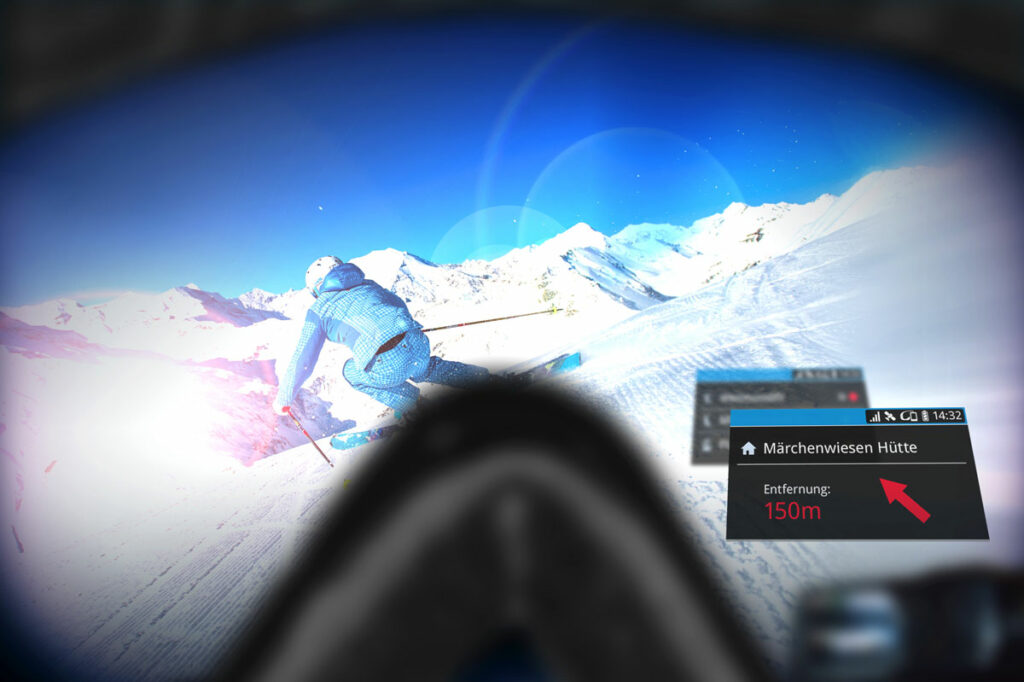
All of the digital processes that guests go through must be one hundred percent tailored to their needs.
Only then will digitization help the customer experience – and innovative technologies become service enhancers.
1. Online, Mobile & Social Marketing
Surprisingly, much of this is already a reality in alpine tourism. “A good example is the Inside Laax app.
It includes numerous services, such as information about the number of guests and waiting times on the mountain, cameras of queuing areas and gamification elements, such as personal ski day statistics,” says Eugster.
Also widespread are applications with QR codes, such as linked pages on information boards or QR codes on tables, which guests can use in ski huts to order their food on the go.
The Blockchain Technology
enables new ecosystems in alpine tourism. Photo: Fotolia

2. Augmented Reality (XR, AR & VR)
Digitally augmented reality (AR) and virtual reality (VR) are grouped under the acronym XR.
The application of augmented reality in alpine tourism is still only in its beginnings, Eugster said:
“There are already prototype ski goggles that display data to skiers, but we’re a long way from widespread use.” Virtual reality, on the other hand, is already being used – keyword VR goggles.
Whether at trade show booths for the supply industry or in museums on the mountain, providers such as 360° perspectives are increasingly making VR an element of the mountain experience, continuing education and infrastructure maintenance.
3. Blockchain, Cryptos & Tokens.
Not yet a reality, but soon to be, according to Eugster, are blockchain, cryptos and non-fungible tokens – NFT for short.
A blockchain is a list of decentrally stored data blocks, a crypto is the manifestation of the blockchain as a digital currency, and an NFT is a cryptographically unique indivisible, irreplaceable and verifiable digital asset.
Translated into alpine tourism, the Blockchain can be used to automatically transact money, information and data; directly between people and/or machines.
“Blockchain with cryptocurrencies enables new ecosystems and business models,” Eugster emphasizes.
The ski resort LAAX is probably the most advanced in this regard, with plans for the ski resort token GURU – “Greatest User Return Unit”.
The idea behind the technology: The ski guest has a wallet, a digital purse, with which he automatically pays for the ski ticket and all other services on the mountain.
In addition, the guest can rate the services directly – and is credited with tokens in return. These can be exchanged for discounts, rewards, benefits, etc.
Since their digital ID is stored, all preferences are also known, such as ski model, boot size, foot width, preferred slopes, and so on.
“Reservations are also made with just one click thanks to the data cluster,” Eugster said. (Read more about the blockchain implemented on the mountain in REDGuide 1/2022 or online at simagazin.com).
The Inside Laax App
is a great example for Mobile Marketing. Photo: LAAX
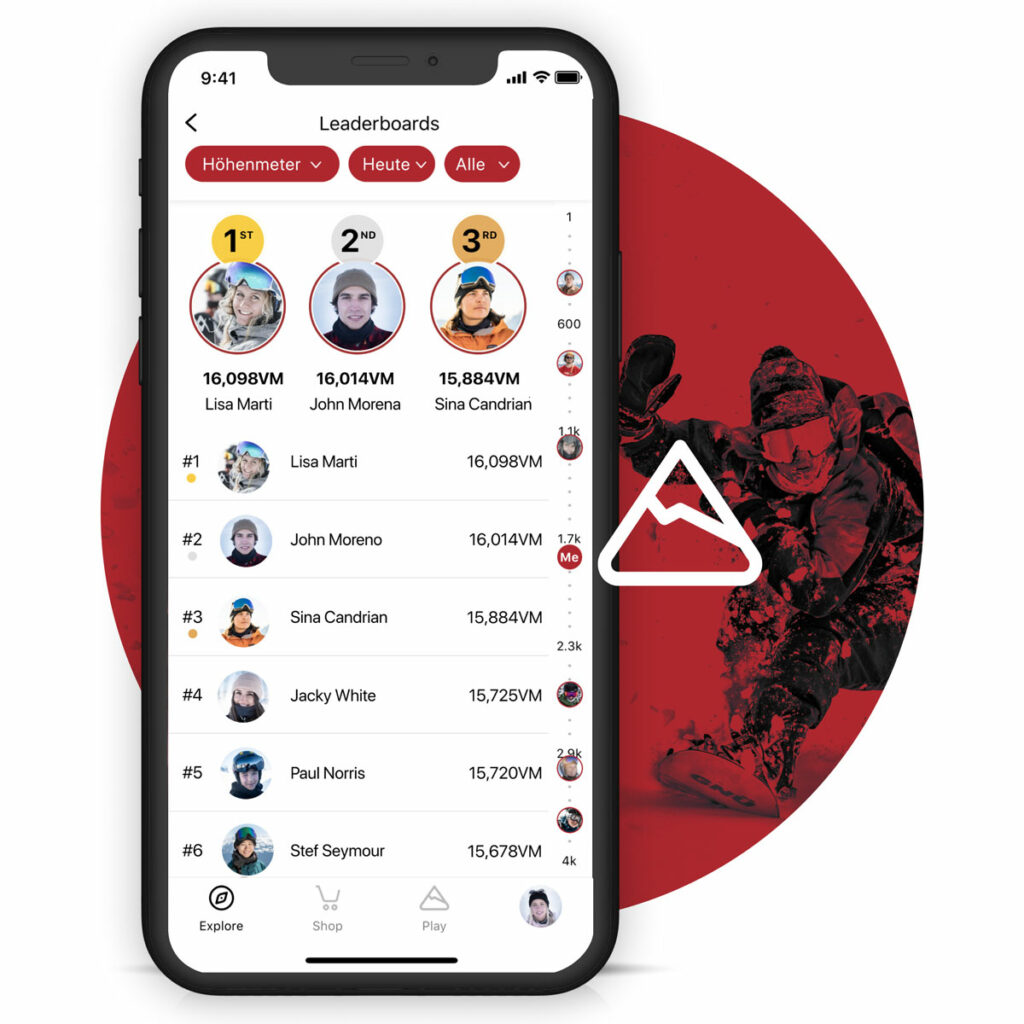
4. 3D Worlds and the Metaverse
In the distant future, the metaverse will also play a role in alpine tourism. The metaverse is a digital space created by the interaction of virtual, augmented and physical reality.
“Already now there are events in the metaverse. For example, the pop group ABBA is currently performing again in London. Only it’s no longer the real musicians on stage, but digital avatars!” reports Eugster.
The expert on the future has also already been to a trade fair on vacation himself, which took place in the Metaverse. The question is when the 3D worlds will experience their breakthrough. In any case, the Facebook parent company Meta is fully committed to this technology – even according to its name.
In the Metaverse, the smartphone will probably disappear into the cloud. Other devices, such as smart glasses and watches, will become more important.
“In alpine tourism, the Metaverse can be used to experience the destination digitally from home before you go there yourself. In this way, anticipation and vacation wishes can be stoked,” says Eugster.
The first steps have already been taken; the digital expert has already completed a virtual flight over Berchtesgaden himself.
Conclusion
Whether online & mobile marketing, augmented reality, blockchain or the metaverse, many innovative technologies are already a reality – at least in rudimentary form.
They are service enhancers and have the potential to improve the guest experience.
Cable car operators and alpine tourism professionals should therefore not shut themselves off from innovative technologies, Eugster urges: “Because what is ‘cash only’ today will be ‘we’re not in the metaverse’ tomorrow!”
